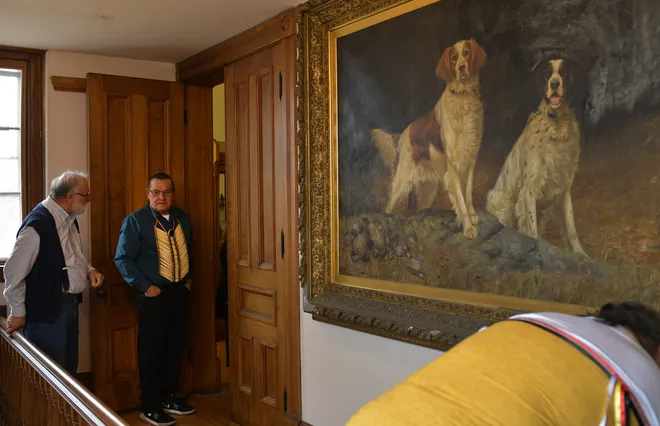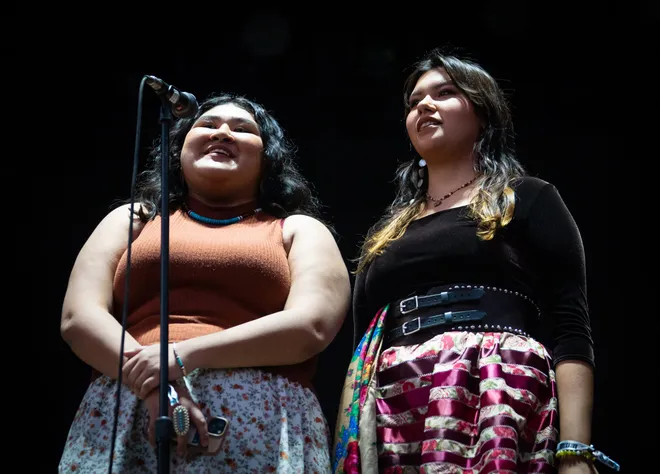Efforts to return remains, artifacts to US tribes get $3 million in funding
More than 30 tribes, museums and academic institutions across the country will receive a combined $3 million in grants from the National Park Service to assist repatriation efforts.
The grants are being made as part of the Native American Graves Protection and Repatriation Act, commonly known as NAGPRA, and will fund repatriation of ancestral remains and cultural items, in addition to consultation and documentation efforts.
Enacted in 1990, NAGPRA mandates federally funded museums, academic institutions and federal agencies to inventory and identity Native American human remains – including skeletons, bones and cremains – and cultural items in their collections and to consult with Indian tribes and Native Hawaiian organizations.
It also gives the Secretary of the Interior power to award grants facilitating respectful return of ancestors and objects to their descendant communities, projects administered by the National Park Service.
“The National Park Service is committed to supporting these important efforts to reconnect and return the remains of Tribal ancestors and other cultural resources to the communities they belong to,” park service director Chuck Sams said in a news release announcing the awards. “These grants help ensure Native American cultural heritage isn’t kept in storage, cast aside or forgotten.”

Jenny Davis, an associate professor of anthropology and American Indian studies at the University of Illinois Urbana-Champaign, described the funding as “absolutely critical” to repatriation efforts.
Davis, co-director of the school’s Center for Indigenous Science, said that while the grant amounts may seem minimal given the scope of work necessary, they are essential.
“These grants often represent the majority if not the entirety of NAGPRA compliance budgets, especially at smaller institutions,” she said. “Without them, we would be even farther behind.”
Grants will aid compliance with new regulations
The funding looms even more important given new NAGPRA regulations and deadlines passed into law late last year, Davis said.
The Biden administration updated the law in December, requiring institutions displaying human remains and cultural items to obtain tribal consent. The new regulations took effect in January, sending museums nationwide scrambling to conceal or remove exhibits as they tried to comply.
The update was intended to speed up repatriation efforts, long lamented for their sluggish pace.

Two tribes and three museums will receive grants to fund the transportation and return of human remains of 137 ancestors, 12 funerary objects and 54 cultural items.
The Chickasaw Nation’s reburial team, for example, will travel to Moundville, Alabama, to finish a repatriation project retrieving 130 ancestors from the Tennessee Valley Authority for reinternment.
Another 11 tribes and 19 museums will receive grants for consultation and documentation projects supporting repatriation efforts, such as those of Wisconsin’s Forest County Potawatomi Community, descendants of a tribal group covering parts of Wisconsin, Illinois, Indiana, Michigan and Ohio. The funds will help the community catalog human remains and associated items for possible repatriation.
Among the other grant recipients are Oklahoma’s Comanche Nation and Pawnee Nation, Oregon’s Confederated Tribes of Warm Springs Reservation, the Indianapolis Museum of Art, the Museum of Northern Arizona and the University of South Carolina.
USAT Network reporter Grace Tucker contributed to this article.
Disclaimer: The copyright of this article belongs to the original author. Reposting this article is solely for the purpose of information dissemination and does not constitute any investment advice. If there is any infringement, please contact us immediately. We will make corrections or deletions as necessary. Thank you.





